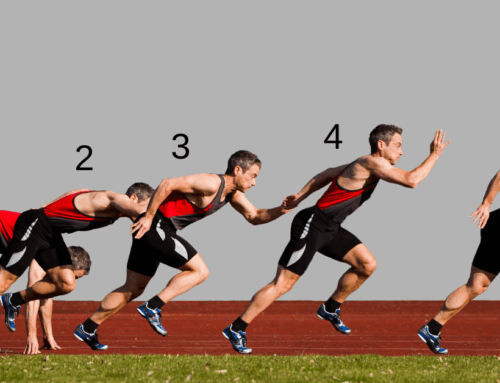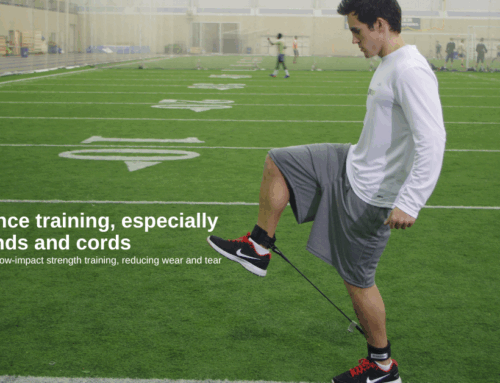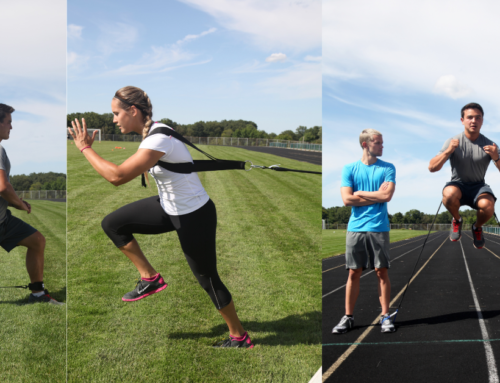What do football, basketball, baseball, wrestling, track & field, rowing, lacrosse, hockey, floorball, soccer, volleyball and tennis have in common? They all train with resistance!! Coaches, trainers and athletes around the globe are incorporating resistance cords into their training programs in place of free weights and in addition to many exercises and drills.
What are the differences between resistance cords and free weights in resistance training?
As we all know, resistance training uses incremental weights while targeting specific muscle groups. When you use resistance cords they stretch throughout the entire movement generating greater resistance as the range of motion increases. This resistance naturally produces a greater amount of tension on the muscle than free weights do.
The versatility of resistance cords also outweighs the use of free weights. The cords are used for warm-ups, stretches, exercises, drills and post workout recovery. Strength training with resistance can also help prevent future injuries. Can your free weights do all that?
What about portability? Can you imagine having to drag your free weights with you on a trip? Carrying them in your bag for warm ups before a game or race? Resistance cords are light weight, fold up easily and can be stuffed in any workout bag or suitcase.
How can you incorporate resistance cords into your training program?
You can easily add resistance to your plyometrics, carioca and shuffle exercises and drills.
Maximize power and performance laterally and vertically with additional resistance. Combining plyometrics with resistance cords allows for proper jump techniques that dramatically decrease knee injuries in athletes. By adding the Jump Belt S130 to the drill, athletes strengthen their leg muscles which in turn increases their vertical leap. Check out the demonstration!
Many drills train with forward and back movement, but it’s important to practice moving sideways and changing direction quickly. Watch how you can use our TurfCordz® Safety Cord Tubing with the Carioca drill. Adding resistance to this side to side movement improves strength, stability and coordination and will help reduce the risk of injury by improving the hip, knee and ankle joints. This will improve performance in any sport that requires agility, lateral moves and fast footwork.
Lateral speed and quick feet are essential for any sport. The Resisted Shuffle, using TurfCordz® Resistance Cords, increases the players agility, coordination and side to side movement. This added resistance works on the glutes, hip flexors, quads, calves and hamstrings. Check out this field hockey shuffle exercise video demonstrating our cords.
Recently, we sent our Super Bungie Kit to Alexander Hart, a Swedish-American bandy and floorball player. Here is what he had to say:

(Photo credit: Adam Troy)
I find it to be a great tool in practicing and improving technical movement, especially laterally. I was able to use the TurfCordz® Bungie Kit together with my personal trainer/strength and conditioning specialist in preparing for the Floorball World Championships. We really love the cords and they are even better than I expected. My trainer and I made a video demonstrating the use, https://www.facebook.com/alexanderhart8/videos/1270084616347687/.
The cords are fantastic, and I’m using them constantly now in preparing for my club team games, as I’m about to go back to Europe and finish the season next week in the Czech Republic.
To see how you can incorporate TurfCordz® Resistance Gear into your training routine, check out our videos on YouTube.





